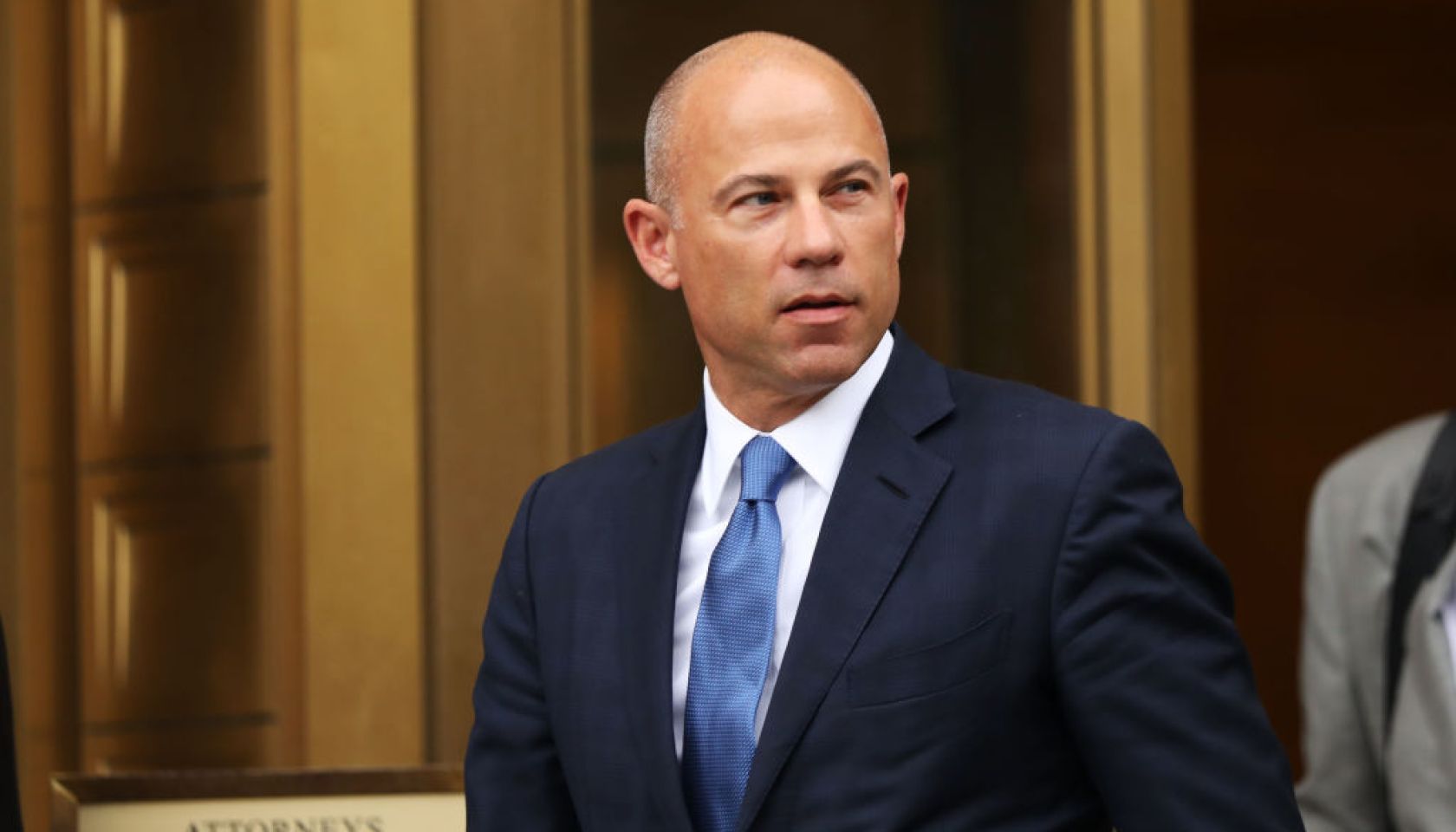Is Affirmative Action Fair? College Admissions Scandal Hurt Diversity
In Light Of The College Admissions Scandal, Is Affirmative Action Still Relevant?
After news broke of the largest college admissions scandal ever prosecuted in U.S. history, the question of affirmative action in education and its continued need was thrust back into the national conversation. Though affirmative action has been in place for nearly 60 years, there was still a huge lack of representation of Black and brown students at the nation’s most elite universities.
Considering the way that wealthy families successfully circumvented the competitive admissions process by reaching deep in their pockets — a luxury that many minority families cannot afford — it was worth asking: Does affirmative action still have any benefits for students of color?
The elaborate college admissions scheme played out through a series of bribes, photoshopped photos, fraudulent test scores and more as a way to admit unqualified students through athletic scholarships for sports the “recruits” would rarely if ever play on the collegiate level. Actresses Lori Loughlin and Felicity Huffman became the faces of the scandal, for which they were criminally charged last week.
This incident has invited heavy scrutiny on colleges’ admissions practices that stack the odds against countless applicants who have been denied deserved spots at schools of their choice. Understandably, Black and brown students have been particularly outraged. The group has historically been accused of not earning their seat at the table because of race-based affirmative action policies. Their merits have been called into question time and time again while, as it turns out, the wealthy elite were benefitting from what has been called a broken college admissions system.
A recent example of this outrage is the 2016 Fisher v. The University of Texas case that went to the Supreme Court. Abigail Fisher claimed the University of Texas denied her admission based on her race. The Supreme Court would uphold affirmative action as a constitutional practice.
Some have even argued that this admissions scandal illustrates the validity of why affirmative action is still important.
“As long as universities don’t make economic and racial diversity an essential goal of admissions, a so-called merit-based system will always create perverse incentives for rich people to cheat,” Andre Perry, a fellow at the Brookings Institute, wrote for the Hechinger Report.
Though affirmative action was intended to level the playing field for minorities, there was still a huge gap in educational representation between students of color and their white counterparts.
Black and Hispanic students have been more underrepresented at the nation’s top colleges than they were more than 35 years ago, according to a report by the New York Times in 2017. At the time, Black students made up just 9 percent of Ivy League freshmen but were 15 percent of college-aged Americans, which is roughly the same gap it was in 1980. At the University of Southern California, which Loughlin paid a hefty bribe to get her two daughters admitted, Black students only made up 5.6 percent of the student population as of the fall 2018 semester.
Ironically, had Loughlin’s daughters applied on their own merit, they may have benefited from affirmative action more than Black students.
“[I]n many ways, affirmative action has moved white women into a structural position in which they share more in common with white men than they do with black or Latina women,” according to a report from Racism Review, which publishes “scholars and researchers from sociology and a number of other social science disciplines.”
Women, in general, outnumber men on today’s college campuses and as women are more likely to go to grad school, they are no doubt landing high-level jobs. The disproportionate number of white women versus minority women benefiting from affirmative action in education can be seen when you take a closer look at who is getting the most important jobs. Since affirmative action has been in place, white women have held the majority of managerial jobs compared to Blacks, yet they are 70 percent of those opposed to the policy, according to a 1995 report.
Though affirmative action has helped increase Black students’ admissions to top colleges, what it has not done is address the economic disparities in education that may deprive deserving Black students the resources they need to get attain test scores and grades their white counterparts can buy. It also didn’t help that many schools use legacy admissions practices that give preferential treatment to relatives of alumni. At the University of Virginia, for example, 91 percent of legacy applicants accepted on an early decision basis for next fall were white while just 1.6 percent were black.
Given all of the above, it’s clear that something needs to change in the college admissions system. Whether affirmative action was still relevant goes deeper than a simple yes or no. But until the systemic race and class oppression in education is addressed, chances are we’ll continue to see the lack of representation of Black students in colleges and universities around the country, including the same prestigious schools involved in the recent scandal.
SEE ALSO:
















